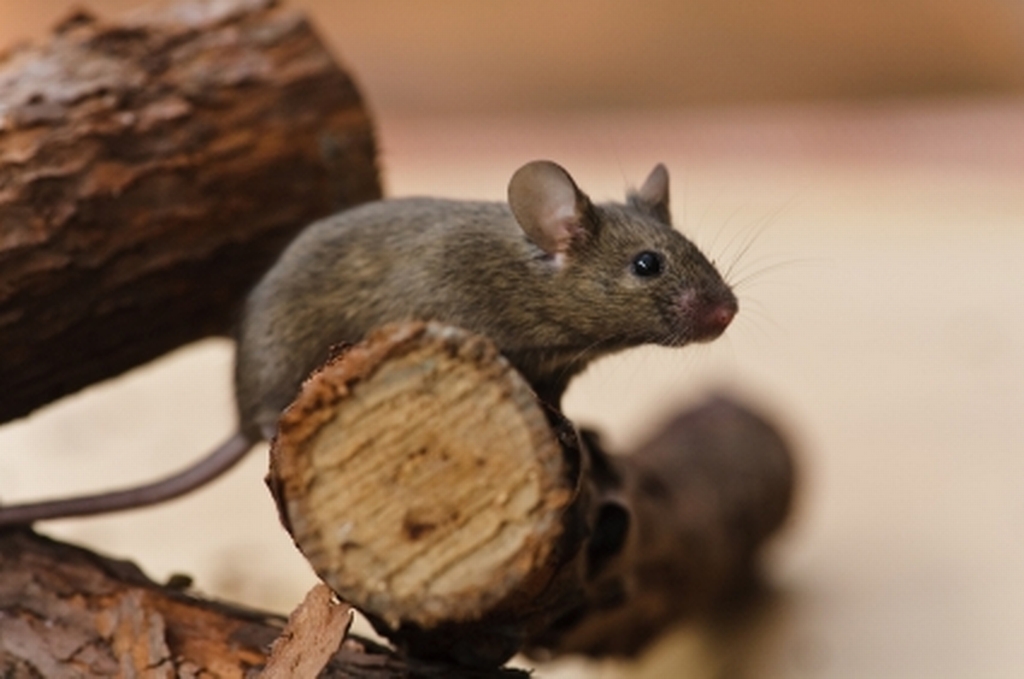How to Track Pest Activity Remotely: A Comprehensive Guide
Share
In today's technologically advanced world, the way we manage and track pest activity has seen a significant transformation. The ability to track pest activity remotely is not only a convenience but a necessity for many property owners and businesses. With the rise of smart devices and the Internet of Things (IoT), it's now possible to monitor and manage pest issues from anywhere in the world.
This guide will delve into the methods and technologies available for those looking to stay one step ahead of their pest problems. As pest control becomes more tech-driven, understanding how to utilize these tools effectively can be a game-changer.

Why Remote Pest Tracking is Essential
Remote pest tracking offers numerous advantages. Traditional pest control methods often rely on physical inspections, which can be time-consuming and sometimes ineffective. By leveraging technology, remote monitoring systems provide real-time data and alerts, ensuring that you are immediately aware of any pest activity. This proactive approach not only helps in reducing infestation but also minimizes the potential damage pests can cause.
Technologies that Enable Remote Pest Tracking
Smart Sensors and IoT Devices
Smart sensors are at the forefront of remote pest tracking technology. These devices can detect movements, temperature changes, and even pest-specific sounds, sending alerts directly to your smartphone or computer. For instance, motion-activated cameras can provide visual proof of pest activity, allowing you to take swift action.
Cloud-Based Monitoring Systems
Cloud technology is another vital component in the remote monitoring of pest activity. By storing data in the cloud, property owners can access information from various devices, ensuring that they are always in the loop. This integration allows for more detailed analysis and long-term tracking of trends and patterns, which can be crucial for effective pest management.
Advantages of Using Remote Pest Tracking Systems
Real-Time Alerts and Notifications
One of the most significant benefits of using remote pest tracking systems is the ability to receive real-time alerts. These notifications allow you to respond quickly to any pest issues, potentially saving you from costly damages. Moreover, being informed of pest activity as it happens empowers property owners to make informed decisions about when and how to react.
Cost-Effective Pest Management
While the initial investment in remote tracking systems may seem high, the long-term savings are substantial. By preventing infestations before they start, you can save on extermination costs, repairs, and potential loss of business. Additionally, these systems can reduce the need for frequent physical inspections, saving both time and money.
Implementing Remote Pest Tracking in Your Home or Business
To effectively implement a remote pest tracking system, start by assessing your specific needs. Determine which areas are most at risk and what types of pests you are dealing with. This will help you choose the right technology and tools for your situation.
Consider consulting with a pest control professional who can offer advice on the best systems available. Installation should be handled carefully to ensure that all devices are functioning correctly and providing accurate data.
Case Studies and Success Stories
Many businesses and homeowners have successfully integrated remote pest tracking into their management practices. For example, AI pest control strategies have been effectively used in food chains to maintain a pest-free environment, ensuring that health standards are met and customers remain satisfied.
Another success story involves Airbnb hosts who have used remote monitoring to maintain their properties, ensuring a pleasant experience for guests and protecting their investment.
Challenges and Future of Remote Pest Tracking
While the benefits of remote pest tracking are clear, there are also challenges to consider. Ensuring that devices are properly connected and maintained is crucial for accurate monitoring. Additionally, the technology is constantly evolving, requiring users to stay informed about new developments and updates.
The future of remote pest tracking looks promising, with advancements in AI and machine learning set to enhance the capabilities of these systems. As technology continues to evolve, these tools will become even more effective and accessible to a broader audience.

FAQ
What is the most effective remote pest tracking technology?
Smart sensors and IoT devices are currently the most effective technologies for remote pest tracking. They offer real-time alerts and detailed data analysis.
How can remote pest tracking save me money?
By preventing infestations before they become severe, remote pest tracking can save on extermination costs, repairs, and potential business losses.
Are there any privacy concerns with remote pest tracking systems?
While most systems prioritize privacy, it's important to choose reputable providers and ensure that your data is securely stored and managed.
